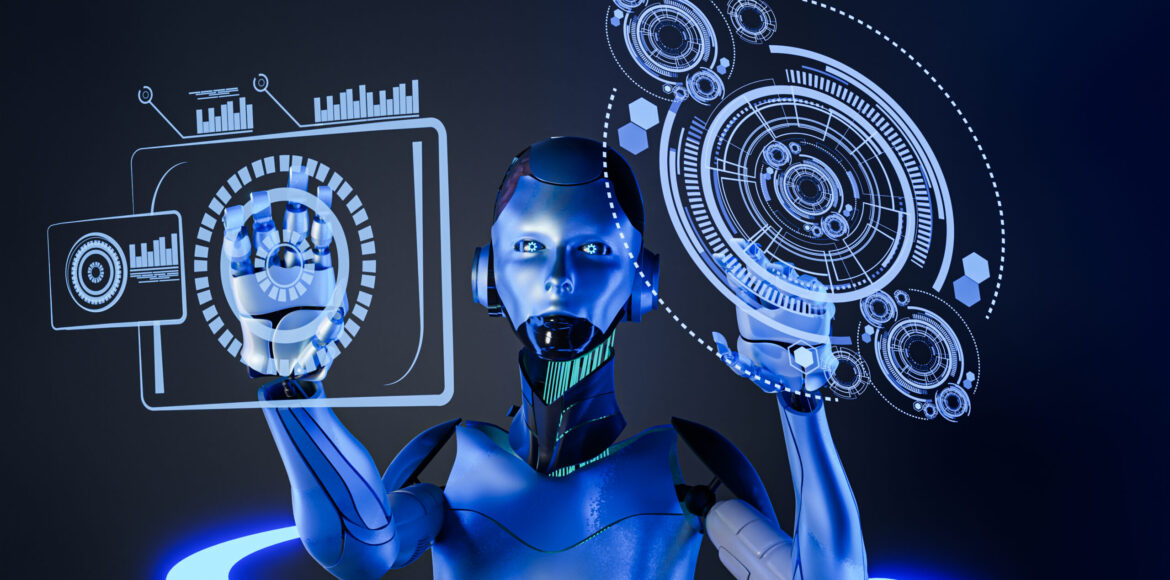Powerful AI Automation for Cost Reduction

Why Every Business Should Care About Cost Efficiency
Let’s face it running a business isn’t cheap. Salaries, infrastructure, software, customer service, and logistics all eat into your profits. But what if there was a smarter way to do things? A way to automate repetitive work, reduce human error, and make faster decisions without hiring extra hands?
That’s where AI-powered automation steps in. It’s not just hype. Real companies are saving real money some even reducing their operational costs by 40%. This article breaks down exactly how that’s possible.
What is AI-Powered Automation?
AI-powered automation refers to the use of artificial intelligence technologies like machine learning, natural language processing, and computer vision to automate complex tasks that typically require human judgment.
Unlike traditional automation (e.g., rule-based bots), AI adapts, learns from data, and improves over time.
Where Do Operational Costs Come From?
Before we explore how AI helps, let’s break down some typical operational costs:
- Labor costs
- Process inefficiencies
- Downtime & delays
- Manual errors
- Customer service overhead
- IT maintenance and infrastructure
These hidden inefficiencies drain your resources. That’s where AI becomes a game-changer.
1. Automating Repetitive Tasks
AI can take over every day, time-consuming tasks like:
- Data entry
- Report generation
- Invoice processing
- Email classification
Real Impact:
A McKinsey study found that up to 45% of work activities can be automated with current AI technology. That alone can free up employees to focus on higher-value tasks.
2. Smarter Decision-Making with Predictive Analytics
AI analyzes massive amounts of data to:
- Predict customer behavior
- Forecast inventory needs
- Optimize delivery routes
- Identify fraud before it happens
Example:
Retailers using AI-driven inventory management have reported up to 30% reduction in overstock and stockouts, directly cutting storage and loss costs.
3. Cutting Customer Support Costs with AI Chatbots
AI chatbots can handle:
- FAQs
- Order tracking
- Booking and scheduling
- Technical troubleshooting
Result:
Gartner reports that AI chatbots can reduce customer service costs by up to 30%, while maintaining 24/7 availability.
4. Streamlining Hiring and HR
AI in recruitment can:
- Scan thousands of resumes in minutes
- Automatically match job roles with top candidates
- Schedule interviews
Benefit:
This reduces HR workload and shortens the hiring cycle—leading to faster onboarding and lower administrative costs.
5. Reducing Human Error
Let’s be honest humans make mistakes. AI can:
- Detect data anomalies in real-time
- Validate input during entry
- Flag compliance risks before they become expensive
Case Study:
Banks using AI for fraud detection have cut fraud losses by up to 25%, according to Accenture.
6. Lowering IT Costs with AI Ops
AI-powered IT operations (AIOps) can:
- Monitor servers 24/7
- Predict system failures
- Auto-resolve minor incidents
Outcome:
Less downtime = more productivity + reduced emergency IT expenses.
7. Energy Efficiency through AI Monitoring
AI helps optimize energy consumption by:
- Adjusting lighting, heating, and cooling based on usage patterns
- Detecting energy leaks
Example:
Companies using AI-based energy management report up to 20% savings on utility bills.
8. Supply Chain Optimization
AI can track real-time inventory, predict supplier delays, and optimize shipping routes.
Impact:
DHL implemented AI in their logistics chain and reported a 25% reduction in operational inefficiencies.
9. Personalized Marketing Automation
AI segments audiences and delivers targeted content leading to:
- Higher engagement
- Lower ad spend
- Better conversion rates
Stat:
Businesses using AI in marketing saw a 40% reduction in customer acquisition cost (CAC), according to Salesforce.
10. Real-Time Financial Reporting and Analysis
AI tools like QuickBooks or Zoho Analytics:
- Auto-categorize expenses
- Generate real-time dashboards
- Spot trends and outliers
This saves time, reduces reliance on external analysts, and improves budgeting accuracy.
How to Implement AI-Powered Automation in Your Business
- Start Small: Pick one repetitive process to automate.
- Use No-Code Tools: Platforms like Zapier or Make.com offer AI automation without writing code.
- Integrate with Existing Systems: Ensure your CRM, ERP, and cloud tools can work with AI platforms.
- Train Staff: Upskill your team to work with AI tools, not against them.
- Measure Results: Track KPIs like time saved, error rates, and cost reductions.
Conclusion
AI-powered automation isn’t a future trend it’s a current advantage. Businesses that invest in smart automation today can expect leaner operations, better accuracy, and up to 40% cost savings across multiple departments.
Whether you’re in retail, healthcare, finance, or tech AI can unlock massive efficiencies. The key is to start now, start small, and scale as you see results.


Bilal Siddiqui
Absolutely insightful! I had no idea AI could impact so many areas like HR, IT, and even energy consumption. This article really shows how automation is the future of cost saving.
Lucas Anderson
Excellent breakdown! The part about predictive analytics and AI chatbots cutting customer service costs really opened my eyes. Every business should be exploring this.